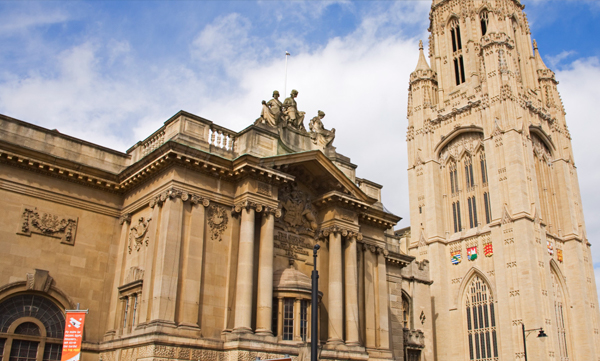Using Timber Cladding with Different Types of Architectural Styles
Have you ever stopped to look around and noticed the types of architecture around you?
There are a wide variety of different architectural styles and designs; so perhaps it’s not surprising architecture is an art form that is easily overlooked.
Many of these forms of architecture are being modernised by including timber cladding to their designs.
What Are The Key Architecture Styles You Can See Around You?
Victorian Architecture
Where can it be seen: Mainly in the UK, US and Australia.
Key features: Bay windows, 2-3 stories, asymmetrical shape, steep roof, porches and bright colours.
The Victorian Architecture style derived in the mid to late 19th century during the housing boom where influence from styles such as Gothic, Tudor Romanesque and Asian architecture were pulled together to create this style.
Timber cladding on the outside of a Victorian style building complements it very well, providing extra insulation and protection from the elements.
Romanesque Architecture
Where can it be seen: Throughout Europe, particularly in Portugal and the Porto Cathedral.
Key features: Round arches, floral stone decoration, cable moulding around doors in the style of twisted rope.
Romanesque architecture (also known as Norman Architecture) emerged in the late 10th century. This style can usually be seen on surviving churches from the period.
Baroque Architecture
Where can it be seen: The Palace of Versailles
Key features: Broken pediments, paired columns, concave walls and elaborate ornamentation.
Originating in Italy during the 16th century, baroque was a step away from the more formal Romanesque architecture style. Baroque architecture was developed as a way of celebrating the catholic state.
Tudor Architecture
Where can it be seen: Throughout the United Kingdom.
Key features: Thatched roofing, masonry chimneys and elaborate doorways.
Tudor architecture symbolised the end of the medieval period of Britain. The timber-framed houses and architecture style is still visible today in country towns around Britain.
Bauhaus Architecture
Where can it be seen: Throughout Germany.
Key features: Cubic designs, use of primary colours, open floor plans, steel frames and glass walls.
Originally derived from the art school in Germany, Bauhaus Architecture follows simplistic rules that favour function over design. The principles can now be seen all over the world in modern design however some designers are bending the rules slightly by making their building more aesthetically pleasing by incorporating features such as timber cladding to keep the modern design with a touch of elegance.
Modernist Architecture
Where can it be seen: New York and all over the world.
Key Features: Modern materials, use of sun and shading, use of glass and natural light.
Modernism is a generic term used to group futuristic building designs. Most modernist architecture will make use of natural elements to create energy efficient homes. By using natural materials such as timber cladding creates a modern feel to the building that still connects with nature.
Most commonly, modernist architecture is adapted to include timber cladding, but it can often be seen on other architecture styles to enhance the look of the property. Incorporating timber cladding within your design and build you will not only add protection to the outside of the building, it can also provide efficient, natural insulation to the structure.
If you would like to find out more information about NORclad’s timber cladding products contact our team today, we are always on hand to help you make the best decisions when designing your project.
Our team can also help determine and offer advice on the suitability of species/treatments and/or coatings.
Weathering, commonly available section sizes and stability, are a number of areas where our specialist knowledge could help you to achieve the finish and image you are after.
At NORclad, we pride ourselves on proactive communication with both existing and prospective clients.
If you have a question to ask us or would like to receive a quotation, please feel free to contact us today via email or phone. We will do our best to help.
Alternatively, please complete the form below or request a quote via our quotation page.


















